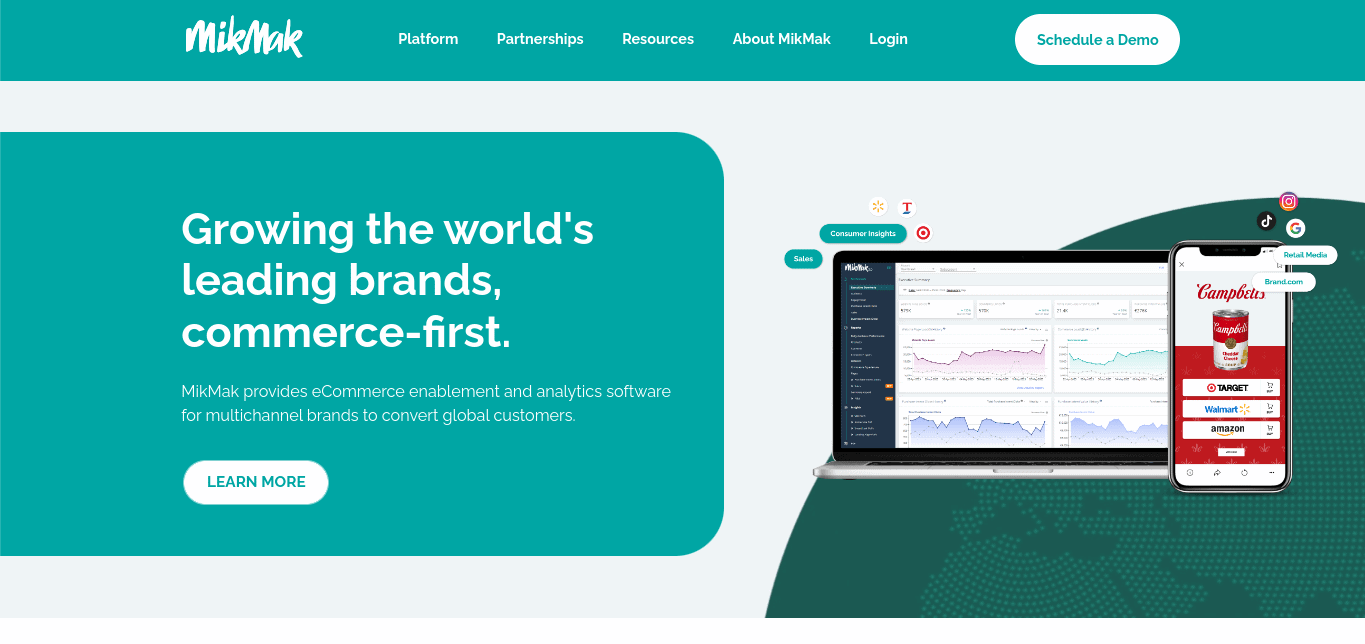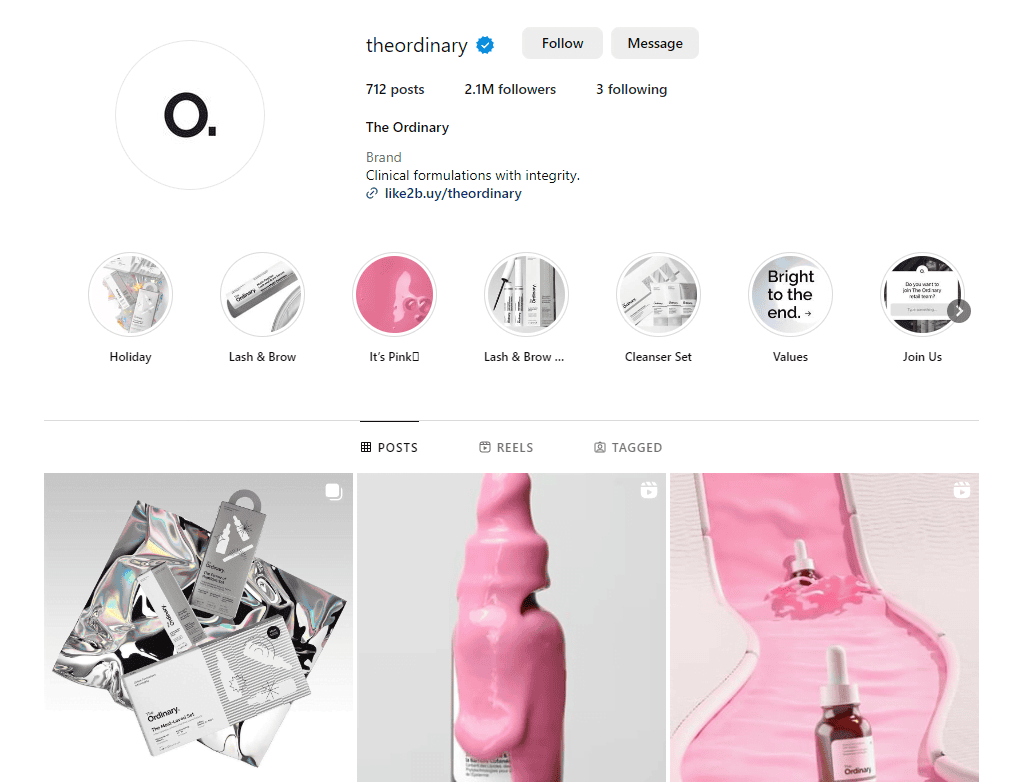Whenever you think of streaming a new show, do you first check if it’s on Netflix? Does the name Dunkin’ Donuts come to your mind when you are craving donuts? The answers are most likely “yes and yes.”
That’s the power of excellent brand marketing. It differentiates your product from others and strategically conditions the customers to think of your brand wherever they need that particular product or service. In short, it increases visibility, makes your business memorable for target customers, and gets them to buy stuff from you.
The perks of brand marketing are manifold, especially for start-ups. But still, only 31% of organizations follow their brand guidelines consistently.
So, how do you simplify enforcing it across all your marketing activities? With a streamlined brand marketing strategy.
Today’s article discusses how you can build an effective brand marketing strategy for your startup in just 10 steps.
10 Essential Steps To Build Brand Marketing Strategies For Your Startup
Consistent brand marketing is key for every growth-focused company. But for a budding company, it is an absolute must. The right strategies will get your name out there, build brand recognition, and with time, strongly position your product among the toughest competitors.
Follow these brand marketing strategies to turn your start-up into a global brand.
Set your sales and marketing goals
Brand marketing already involves several complex elements and minute details. Now, if you don’t have a proper direction, you will only end up wasting your resources with a misguided strategy.
So, figure out your short-term and long-term sales and marketing goals before doing anything else. One of the best ways to do this is to design an online spreadsheet where you can collaborate with your team and quickly visualize your data and track its status. This way, you can make a quick and collaborative start without getting confused with complex tools. It gives your strategies a unified direction and ensures every effort works toward a cohesive brand image.
Understand how you want to position your brand. Do you want to be known as an industry expert? Or do you want to build a niche brand and reach only a specific crowd? Create SMART (specific, measurable, achievable, relevant, and time-bound) marketing and sales objectives based on these aspirations.
Some common sales and marketing goals for start-ups include:
- Boosting website traffic
- Growing followers on social media
- Improving engagement
- Generating high-quality leads
- Boosting conversion rate
- Increasing click-throughs on paid ads
However, make sure your goals point to measurable benchmarks. For example, instead of putting “boosting brand awareness” as your goal, be specific and frame it like, “increasing brand recall by 15% in the next six months.”
Perform a competitor analysis
Do a competitor analysis to determine the gaps and shortcomings in your industry. It will let you identify opportunities for your products or services to shine without getting buried among similar products.
Benchmarking your brand against your competitors also pinpoints your strengths and weaknesses and detects your startup’s position in the market. You learn the successes and failures of different brand marketing approaches. This lets you adjust your approach, reducing trial-and-error instances.
Regular competitor analysis also keeps you updated on emerging industry trends and changing consumer preferences, leading to better brand positioning.
Identify your direct and indirect competitors. Determine what products or services your competitors offer and then figure out the answers to the following questions:
- Do they cost more, or less, or have a similar price range as your product?
- What are their brand’s USPs?
- What is their market strategy?
- What is their sales process?
- What are their most profitable marketing channels?
You must also analyze your competitor’s content strategy, campaign frequency, and target audience. Examine how the audience talks about your competitor’s brand. Then, compare it to your performance and create benchmarks.
Holger Sindbaek, the owner of World of Card Games, shares, “In our strategic exploration, we realized that many competitors were missing a crucial element: the power of niche communities and influencers. While they focused on broad marketing tactics, we delved into specific gaming forums and collaborated with influencers passionate about classic solitaire card games. This targeted approach allowed us to connect deeply with our core audience, resulting in a 30% increase in community engagement and a significant boost in active players. It demonstrated that sometimes, the most effective strategy is to go where others haven’t, to understand and tap into the heart of your community.”
We suggest opting for an automation tool with competitive analytics features. It will offer real-time and accurate reports on your top competitors and keep your brand marketing aligned with industry standards.
Define your brand value proposition
No matter how good your product is, competition is inevitable. So, how do you grab your market share and compete with similar brands? With a good brand value proposition. It communicates why your target customers should choose you over your competitors.
However, creating a brand value proposition isn’t just about describing your product or services. You need to lay down exactly what makes you different and better than the others. In short, a brand value proposition reflects specific solutions and promises that your brand provides to its customers.
Keep it short and simple. Identify the memorable elements of your brand. It can be free trials, no shipping costs, or a promise to deliver within a set time.
For example, Domino’s doesn’t have much differentiation from other pizza joints in their products. But their promise of “30-minute delivery” sets them apart.

Likewise, WordPress’s brand value proposition is to the point and delivers the promise of creating “a place for your business, your interests, or anything else…” in clear terms.
Clearly illustrate your brand messaging
Your brand marketing needs to convey your values as a company. It presents a purpose and differentiates your business from your competitors. Strong brand messaging also evokes emotions in your customers and makes them trust your start-up.
Illustrating your brand message also helps keep all your marketing efforts consistent.
Develop a clear mission and vision statement detailing what problems you intend to solve and what long-term impact your brand aspires to drive. The mission represents the “what” and “how” and the vision represents the “why”. These will be the core of your brand messaging.
For example, Tesla’s mission is “To create the most compelling car company of the 21st century.” Then, the brand explains the why with its vision “to accelerate the advent of sustainable transport by bringing compelling mass market electric cars to market as soon as possible.” The word “accelerate” in a car company’s messaging drives the point home impeccably.
Develop a style guide to outline your brand’s visual representation. It should include logo usage, color codes, font styles, image styles, and other visual elements. A branding guide will keep your marketing efforts cohesive across all channels. You can use an AI logo maker maker tools like Zoviz Logo & Brandkit Maker for brand kits and free logo designs.
Take a cue from Slack–

Create a website
Once you know your startup’s brand values and messaging, build a website that aligns with your style guide and portrays your mission and vision. Remember, your website represents your brand. So, make sure every page communicates what you stand for.
First, choose a domain name that presents your brand directly. It’s best if you can grab your brand name as the domain. If it’s not available, choose the closest one. Make sure it’s easy to type. Keep it short, use keywords, and avoid numbers and hyphens. Use .com as your domain extension. For example, couch.com is a much stronger domain than best-couches.com
Ensure your website’s visual elements align with your style guide. Keep the website copy crisp. The tonality should follow your brand’s personality. Your website should also have a responsive design.

For example, MikMak is an e-commerce enablement and analytics software brand. The website’s domain is MikMak, followed by a .com extension. Every landing page follows a definite color scheme. Plus, the homepage content represents what the software does.
Audit your marketing channels
Your marketing channel will communicate your brand image to your target market. While there is no lack of options, not every channel is suitable for marketing your brand. You must create a blend of channels that cater to your target audience and are aligned with your brand’s personality.
For example, The Ordinary’s founder aims to “democratize skin care and make quality skincare accessible to everyone.” The brand’s marketing revolves around educating the audience on active ingredients and delivering 100% transparent skincare.

Staying true to this messaging, The Ordinary uses Instagram as its primary marketing channel.
The brand delivers informative guides on including The Ordinary products into your skincare regimen. Their Instagram reels and UGC on YouTube talk about what each product does for your skin, subtly marketing their formulations through valuable content.
Audit your existing channels and understand the marketing scope of each one. This ensures that your resources are effectively allocated, and your efforts deliver the desired brand awareness.
Identify KPIs for each and see how your campaigns are performing on those scales on each channel. This includes web traffic, conversion and click-through rates, cost per acquisition, and ROI.
Gather customer data and see which platforms are your target market’s favorites. Those offer the best chances of reaching your audience. Study your competitor’s preferred channels and see how their campaigns are performing regarding brand visibility.
Finally, run A/B tests with several combinations of your shortlisted channels. Evaluate how well they work together and de-prioritize underperforming channels.
Decide your marketing budget
Budget crunch is a common roadblock for a start-up. However, detailed financial planning and resource allocation can help you overcome these limitations. This includes ensuring that your central payroll and other operational costs are managed effectively.
First, assess your revenue to see how much funds you can afford to push into brand marketing efforts. The general rule of thumb is 2% to 5% of the revenue for B2B companies and 5% to 10% for B2C companies. If you are an early-stage start-up, you may need to allocate a significant marketing fund to create awareness. Startup fundraising can help you secure the capital necessary to boost your marketing budget, especially in the initial stages when brand visibility is crucial.
Look into industry benchmarks to see how much your competitors spend on brand marketing and their average ROI as a rough reference point. You should also consider seasonality while deciding your budget.
Assess the cost of running campaigns in your chosen marketing channels. Use predictive analysis to gauge their performance. It gives you directions to developing a practical and reasonably flexible budget.
Devise your strategy
Once you have laid down the foundational elements like brand messaging, channels, and marketing budget, it’s time to plan client outreach and customer growth.
Thoroughly assess customer data and create segments based on demographics like:
- Age
- Gender
- Location
- Religion and ethnicity
- Professions
- Hobbies
Devise a personalization plan to target each segment. Tailor your messaging to stay true to your brand value while highlighting specific qualities that appeal to each customer category. For example, Japanese consumers have different values than US consumers, so keeping location-based segmentation in mind is essential to nailing your message. To reach a wider audience base and grow customers, devise an influencer marketing strategy.
For example, Daniel Wellington collaborated with influencer Federica Scagnetti on a product to tap into new audiences. They also give their influencer partners codes with 15% off to motivate the influencer’s audience to buy their products.

Create engaging content
Create valuable and engaging content to establish your brand’s expertise in your niche. It builds credibility for your start-up and piques the audience’s interest in your brand.
Keep an eye on emerging social media trends and create content around them to maximize reach with the help of a social media virtual assistant. Use storytelling to engage the audience and boost impact. Consider leveraging an AI writer to streamline content creation and enhance efficiency.
Curate blogs, whitepapers, and newsletters that cover crucial topics related to your products, services, and industry. Incorporate data preprocessing methods to analyze and present relevant insights. Use a content calendar to plan your topics and stay consistent with the delivery.
Research the keywords, examine their search volume, and add them to your content accordingly. Implementing data preprocessing strategies can help uncover valuable keywords and trends. Ensure every element of your content marketing is in sync with your brand messaging.
For example, HubSpot publishes fun, engaging, and informative content across its marketing channels. Their insightful and consistent approach to content marketing has made them a go-to resource for marketing and sales topics.

HubSpot regularly posts infographics, guide carousels, and informative reels on Instagram.

The software brand also publishes valuable marketing and sales content on its website. The blogs are high-quality, SEO-optimized, and mostly rank high for their target keywords.
Have feedback loops
Across your journey, you will find flaws in your brand marketing plan. You must consistently eliminate these flaws to ensure your approach drives the desired results.
How? Through regular feedback loops.
Run a SWOT analysis for each step to stay on top of your brand’s strengths, weaknesses, opportunities, and threats. Run customer surveys throughout the process to get a sense of customer views.
Take action based on the feedback and fix the issues. Circle back to the respondents and seek further feedback. Make this a habit as customer needs and trends change rapidly.
Getting Started With Brand Marketing Strategies
Remember, Apple and McDonald’s were once budding businesses. They didn’t become a huge brand overnight. This enormous success results from the consistent effort and tireless creativity that made them stand out in overcrowded electronics and fast-food markets.
If you follow the above steps religiously, you can also create a winning brand marketing strategy that strengthens your start-up’s position in a competitive market.
To refresh our discussion, here is a TL;DR version:
- Decide your sales and marketing goals.
- Create consistent brand messaging and define a compelling brand value proposition.
- Create an SEO-optimized, on-brand, and responsive website.
- Run marketing channel audits and set up a budget.
- Create valuable and engaging content.
- Seek feedback and improve your approach consistently.
Finally, your approach should be creative to make your brand stand out and practical enough to be ROI-driven.


